All about Kelo wooden houses
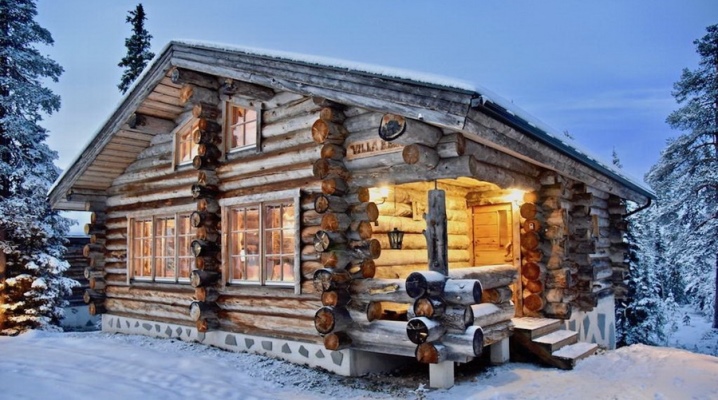
Today you will not surprise anyone with a log house - in our country, where there is enough forest, such buildings only grow over the years. However, even in the construction of log cabins, you can find a fashionable and very expensive trend that will allow you to stand out against the background of other similar dwellings. We are talking about the construction of huts from kelo, that is, dead pine, which was not felled alive, but withered itself and stood in this form for many years. Experts monitor the condition of each such tree for several years, and then carefully take it out right from the roots and build houses from them that impress with their northern brutality and have a lot of advantages.
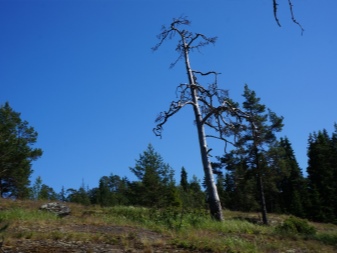

Advantages and disadvantages
Kelo wooden houses, as a rule, are built in the polar regions, because only there the old tree has a real chance not to rot, but to settle in its new image. In our country, such wood can be harvested, for example, in Karelia, famous for its dense forests.
By deciding to spend money on a deadwood house, a client will reap many benefits.
- Environmental friendliness... Still - we are talking about natural material, which was produced by nature itself in the region, practically unaffected by human activity.
- Decorativeness... Let's be honest - not every consumer perceives the appearance of kelo logs, especially unprocessed ones, as an advantage. However, if you do not like the interior, the surface of the wood can be sanded, and then the finished frame will look almost like an ordinary wooden one, but with the practical advantages of a dead one. If you are a true connoisseur, you can leave the dry pine tree in its original form, and when roofing works also from natural materials, the dwelling will look much more believable than many exhibits of open-air museums.
- Density... The opinion is erroneous, according to which pine, once it has dried up, loses its building qualities. Everything happens just the opposite: the resin from the wood does not go anywhere - it gradually crystallizes in the dying tree, making it especially dense and durable, as well as an amazingly strong smelling forest.
- Impervious to decay. Kelo logs are dried in nature in a natural way - after standing in the forest for many years, they give absolutely all the moisture. Rotting is possible only in raw wood.
- Cracking resistance... Such a problem will not arise during the implementation of the project, because cracks are the result of a violation of the drying technology. Kelo is harvested already dry - experts choose each pine only after they have comprehensively assessed its condition.
- No shrinkage. Since the tree does not continue to lose moisture (or absorb it) after turning into a product, no shrinkage processes are observed with it.
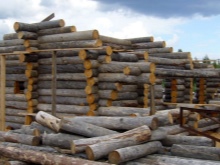
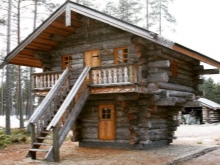

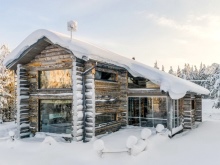


The drawbacks of the kelo are relatively fewer, and often they are seen only by those people who, in principle, do not really want to live in a log house. Nevertheless, we are obliged to consider them so that the reader gets a complete and comprehensive understanding of the specifics of this material. In fact, there is only one possible minus - each log looks extremely natural, therefore it does not differ in either a stable texture, or smoothness, or even a solid color. If this is a problem, it can be partially solved by grinding.
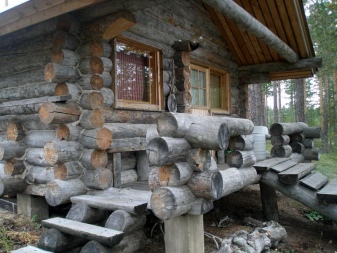
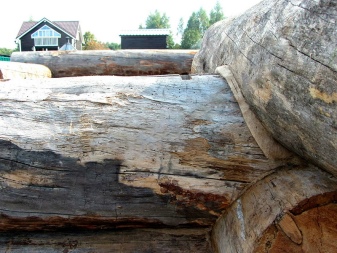

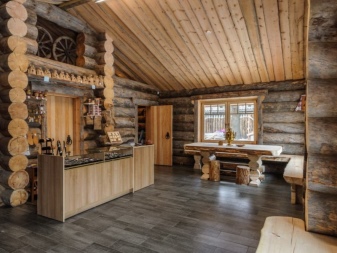
In addition, information about the cost of building from a kelo can be a shock for an unprepared consumer, but one must understand that each log is specially selected in the forest.
Separately, it should be said that the aesthetics of kelo is not for everybody, and its perception is highly dependent on the supplier and his conscientiousness. In almost all cases, dead trunks are beaten by woodworms, and some specialists, especially the older generation, believe that it is unreasonable and unacceptable to erect such buildings from a sanitary point of view. In Russia, in fact, no houses were built from dead wood, but the trend is spreading throughout the world, and, apparently, some of its features scare away not everyone.
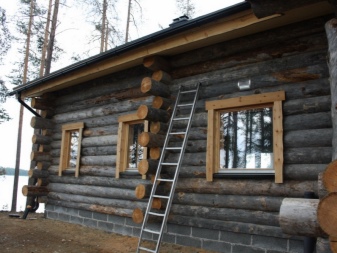
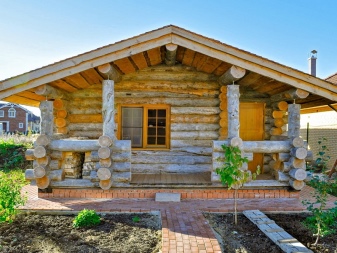
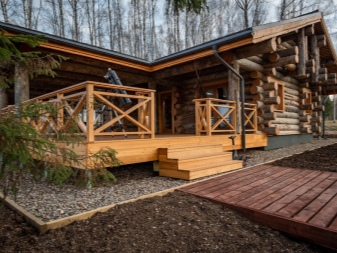
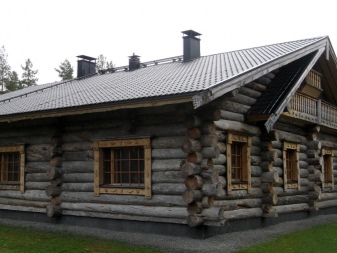
Species overview
It would be more correct to call the construction of houses from kelo production, because the supplier of raw materials is at the same time the manufacturer of the finished product. This is not surprising, because suitable dead pines have to be searched for in a huge area of the forest, and not all of them are suitable for the implementation of the plan - that is, the procurer must have a very concrete idea of the features of the future structure.
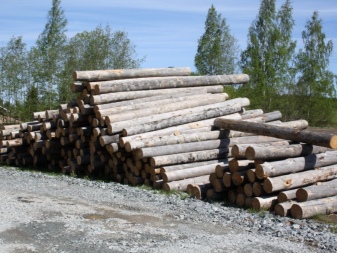
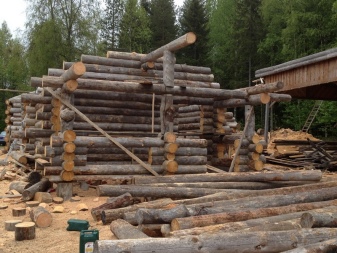
Thus, A kelo log house is usually a whole project with implementation, which is sold to the consumer in a package. At the same time, there are at least 4 varieties of approach to drafting a project, each of which is attributed to one of the northern countries.
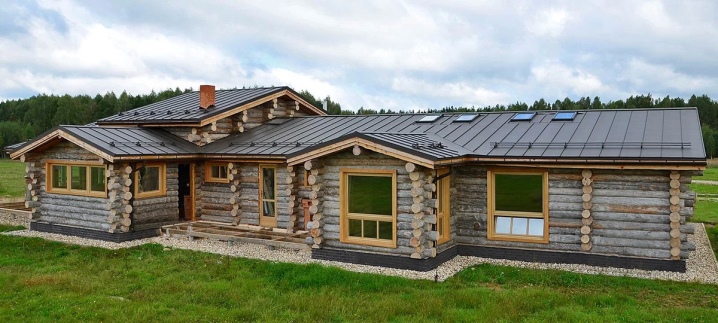
Finnish
Finns are a very practical people - demonstrativeness is alien to them. You shouldn't be surprised at this, because Finland is located in the north, in a rather harsh climate, so the locals have always tried first of all to provide themselves with comfort, without thinking too much about the design, which simply does not have time and effort. Nobody says that Finnish houses from kelo are ugly or unattractive, they are just good first of all for their own accentuated minimalism.


The project will definitely have all the premises necessary for life, but there are usually no “walking” free spaces.
Russians
The belonging of a dead pine log house to the Russian type is determined by specific architectural features that immediately catch the eye of an understanding person... First of all, the logs for such a building are selected in thickness so as to be approximately equal - this is definitely not a hut whipped up in a hurry.
Doors and windows are made massive, the logs on which the porch, roof or balcony are held must be removed. Unlike the Finnish trend, in Russian there is already a certain concern for aesthetic design - at least there are geometric carved patterns on the pillars, chopped pediments are often observed.
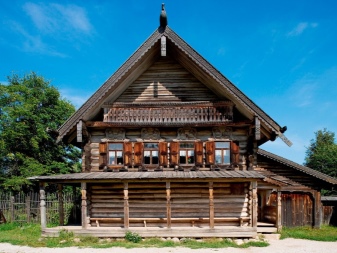
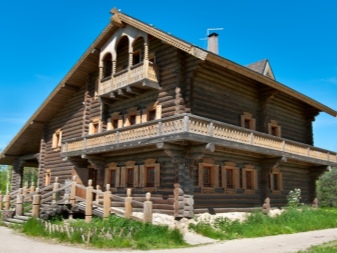
Norwegian
The descendants of the Vikings have their own idea of the construction of huts from kelo. First of all, they do not use pure logs for this - they make so-called carriages out of them, cutting the original material from two opposite sides... High ceilings for such buildings are completely uncharacteristic - on the contrary, they seem squat.
Outside, the object looks very unusual and picturesque, because the walls are usually painted in the darkest colors that can attract sunlight and heat, the windows are very small so as not to release the same heat in the cold season, and the roof is made extremely natural - grass grows on it or even flowers. Inside, the Norwegian hut looks like a Russian one, because both are trimmed with logs.
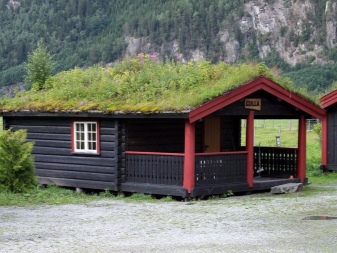
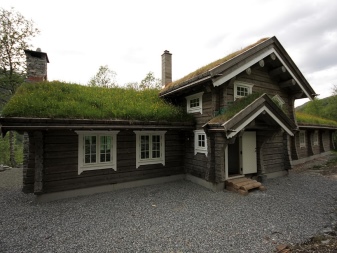
Canadian-American
For our country, this is a complete innovation, since it radically differs from the styles described above with its increased focus on modernity. It is customary to build houses in North America from the thickest logs possible, especially since the relatively mild climate allows trees to grow to such sizes. At the same time, no one even comes close to chasing the same diameters - on the contrary, the emphasis is on those trunks whose root thickness is much greater than the diameter at the crown, because this creates a feeling of homemade construction, and the owner can be proud of this.
At the same time, upon closer examination, it becomes obvious that the owner alone could not have built his dwelling, because because of the high cost of wood in this region, it is cheaper for him to install huge windows, in places to perform cladding with other expensive and difficult to process materials like that the same stone.
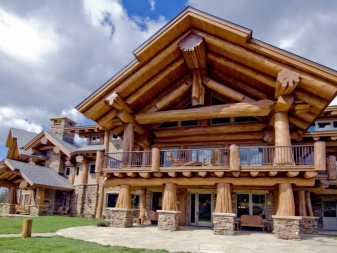
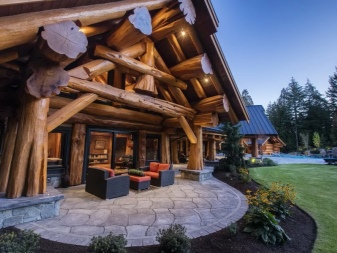
However, it was the presence of panoramic windows in a wooden frame built in the middle of the forest that made such dwellings extremely popular in social networks, causing an increased demand for the implementation of such projects.
Construction technology
To build a house, you first need a project, and it is usually coordinated with a pine procurer so that he knows how much and what size it is needed. Most consumers choose a ready-made standard project, but they ask the procurement staff to make some adjustments so that the object is more consistent with client needs. At the same time, firms are usually ready to carry out an individual project in strict agreement with the customer. The latter approves the final version of the plan, and on its basis an estimate is drawn up with the exact cost of implementation.

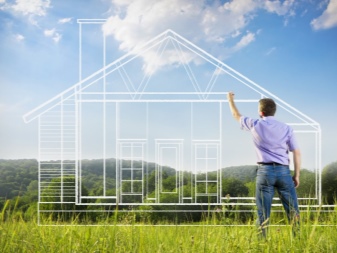
The project initially includes the features of the site where the house will be built, therefore the type of foundation is recommended by the developers themselves, and they are also building it. As a rule, a kelo house does not weigh so much that a solid slab foundation is needed for it - instead, lighter foundations in the form of piles or a tape are dispensed with, especially since their implementation takes much less time and effort. Meanwhile, in the northern forests, the search and harvesting of dead wood, suitable for the requirements of the project, is being carried out.
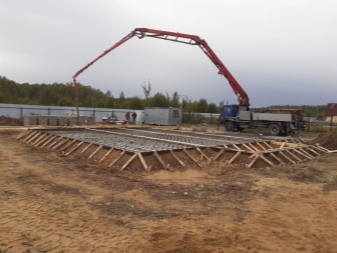
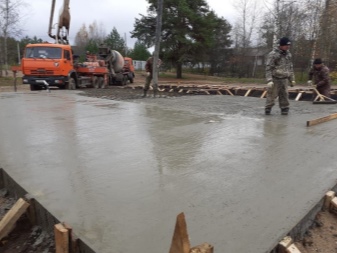
The overwhelming majority of developers have a service not just to assemble a hut, but to build it on a turnkey basis. - with full bringing the building to a residential state. This service option assumes a full-fledged interior and exterior finishing of the house, as well as the connection of all utilities.
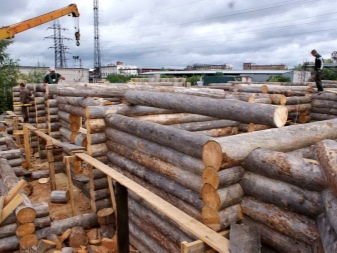
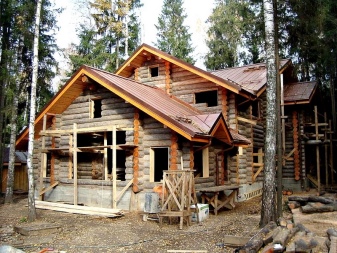
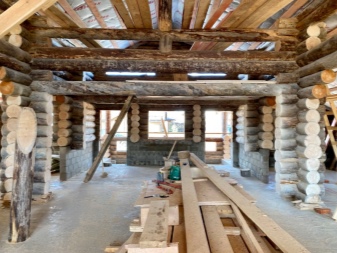
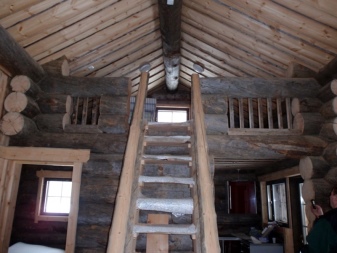
At the time of delivery of the finished object, the owner, in fact, may already be inhabited, because the list of services does not include, perhaps, furnishings.













The comment was sent successfully.